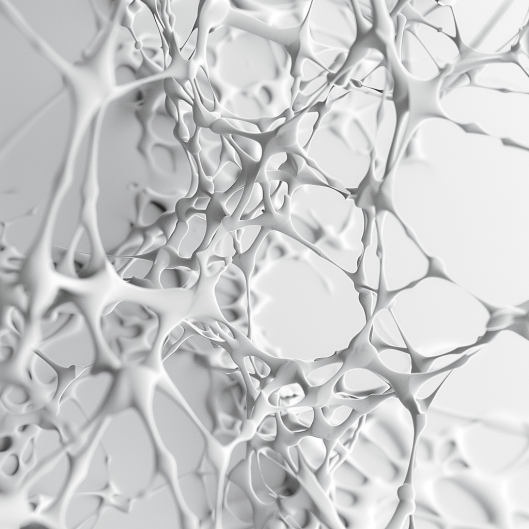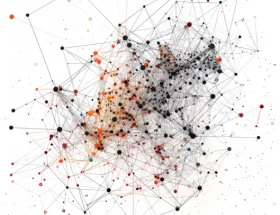Holleran et al. (2020) investigated the relationship between white matter microstructure and cognitive ability in patients with schizophrenia and healthy individuals. Drawing on data from the ENIGMA Consortium, the study analyzed how global and regional white matter connectivity relates to cognitive performance, offering a comprehensive perspective on the structural underpinnings of cognition.
Background
White matter microstructure plays a crucial role in neural connectivity and cognitive functioning. Schizophrenia has long been associated with disruptions in white matter integrity, but the broader implications of these abnormalities for cognitive performance remain uncertain. By analyzing data from over 1,700 participants across 11 sites, this study aimed to clarify these relationships in both clinical and non-clinical populations.
Key Insights
- Global Fractional Anisotropy and Cognition: Higher global fractional anisotropy, a marker of white matter integrity, was linked to better cognitive performance, regardless of diagnosis.
- Regional Connectivity Patterns: Cognitive ability correlated with fractional anisotropy in six long association tracts, suggesting widespread structural connections are key to higher cognitive functioning.
- Consistency Across Groups: The findings indicate a general pattern of association between white matter integrity and cognition, unaffected by schizophrenia diagnosis.
Significance
The results provide robust evidence of a link between structural brain connectivity and cognitive ability. The large sample size and consistent analysis methods enhance the reliability of the findings, which support the idea that white matter integrity contributes to cognitive performance beyond the effects of specific diagnoses. These insights may help guide future research on interventions targeting white matter abnormalities to improve functional outcomes in schizophrenia.
Future Directions
While the study demonstrates a clear relationship between white matter integrity and cognition, the functional effects of these abnormalities in schizophrenia remain unclear. Future research could explore the mechanisms underlying these connections and identify ways to leverage these findings for therapeutic advancements. Investigating other neurological and psychiatric conditions could also shed light on shared and unique patterns in brain structure and cognition.
Conclusion
Holleran et al. (2020) provide valuable insights into how white matter microstructure relates to cognitive performance across clinical and non-clinical groups. By emphasizing the general nature of this relationship, the study underscores the importance of global structural connectivity in understanding cognition and paves the way for further exploration of its functional implications.
Reference:
Holleran, L., Kelly, S., Alloza, C., Agartz, I., Andreassen, O. A., Arango, C., … & Donohoe, G. (2020). The Relationship Between White Matter Microstructure and General Cognitive Ability in Patients With Schizophrenia and Healthy Participants in the ENIGMA Consortium. American Journal of Psychiatry, 177(6), 537-547. https://doi.org/10.1176/appi.ajp.2019.19030225










